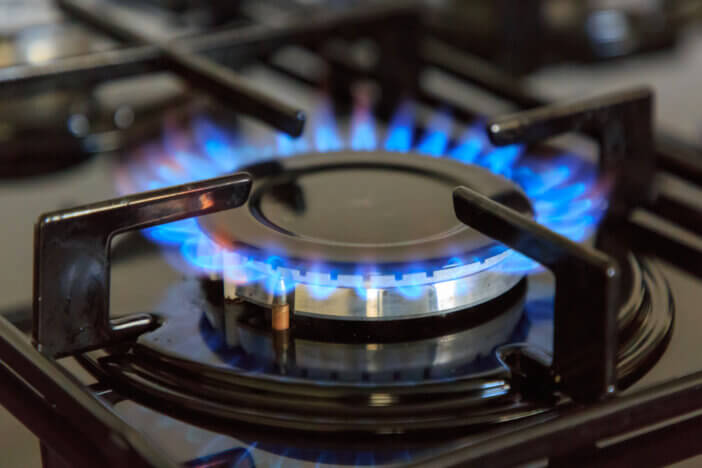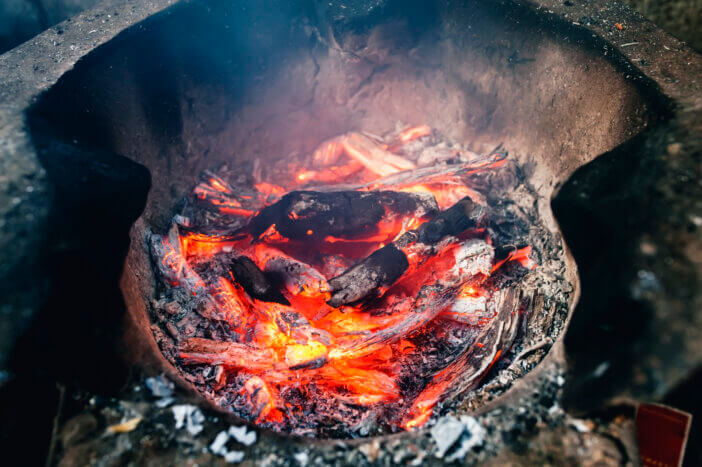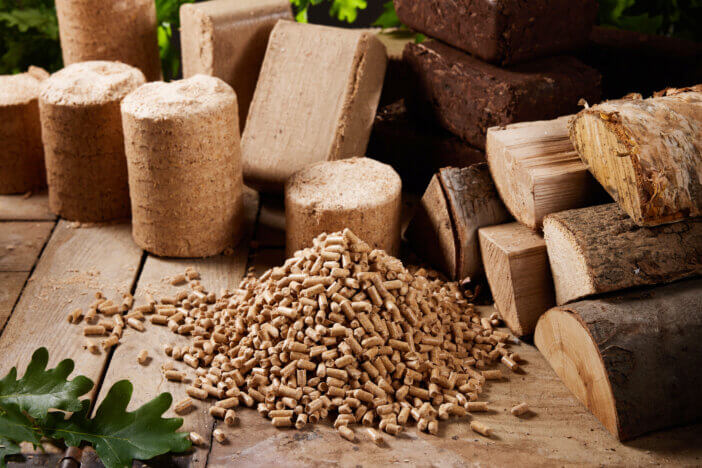10 Affordable Cooking Fuels to Save Money and Boost Efficiency
Budget-friendly cooking fuels like ethanol, biogas, LPG, kerosene, alcohol stoves, wood fires, charcoal, solar cooking, gel fuels, and DIY biomass briquettes offer cost-effective and sustainable options for households seeking efficient and eco-friendly cooking solutions.

In the quest to find affordable cooking solutions, many households are exploring alternative fuels that offer cost-effectiveness without compromising on efficiency. From traditional wood fires to innovative solar cookers, there’s a plethora of budget-friendly options that cater to diverse cooking needs and preferences.
Disclosure: As an Amazon Associate, this site earns from qualifying purchases. Thank you!
1. Embrace Economical Ethanol
Ethanol has emerged as a popular cooking fuel due to its affordability and relatively clean-burning nature. It’s produced from plant-based sources such as corn or sugarcane, making it a renewable resource that can be more cost-effective than fossil fuels. Using ethanol for cooking can help households save money while also reducing their environmental impact, as it emits fewer greenhouse gases compared to traditional fuels.
2. Discover Biogas Benefits
Biogas is a type of biofuel that’s created through the anaerobic digestion of organic matter, such as food scraps and animal waste. This process generates a mixture of gases, primarily methane, which can be used for cooking. Biogas systems can be installed at home, turning waste into a valuable resource. Not only is biogas cost-efficient, but it also promotes waste reduction and sustainability.
3. Explore LPG’s Affordability

Liquefied Petroleum Gas (LPG), commonly known as propane or butane, is a widely used cooking fuel that is both budget-friendly and efficient. LPG has the advantage of being portable and readily available, making it an ideal choice for households in both urban and rural areas. Its high calorific value means a small amount goes a long way, ensuring that users get the most out of each cylinder or refill.
4. Consider Kerosene Convenience
Kerosene is a traditional fuel that has been used for cooking for many years due to its widespread availability and low cost. Although it’s not as clean-burning as some other options, it remains a viable choice for budget-conscious consumers. Kerosene stoves are simple to use and maintain, and the fuel is often subsidized in various countries, making it an economical option for many households.
5. The Appeal of Alcohol Stoves

Alcohol stoves are an excellent choice for those seeking an affordable and portable cooking solution. They typically run on denatured alcohol, which is inexpensive and burns cleanly without producing soot or harmful emissions. These stoves are particularly popular among campers and backpackers, but they’re also suitable for home use, especially in emergencies or as a backup cooking method.
6. Harnessing Wood Fire Power

Wood is one of the oldest cooking fuels known to humanity, and it remains a cost-effective option, especially in regions where wood is abundant. Cooking over a wood fire can be a sustainable choice if the wood is sourced responsibly. Modern wood-burning stoves are designed to be more efficient and produce less smoke, making them a viable and economical option for cooking.
7. Charcoal: A Cost-Effective Choice

Charcoal is another traditional fuel that is favored for its ability to reach high temperatures and produce consistent heat. It’s often less expensive than gas or electricity and is readily available in most markets. While it does produce smoke, using it in a well-ventilated area or an improved charcoal stove can mitigate some of the health and environmental concerns associated with its use.
8. Solar Cooking: Free Energy Source
Solar cooking harnesses the power of the sun, making it a completely free energy source once you’ve invested in a solar cooker. These cookers come in various designs, from simple reflective panels to sophisticated thermal storage systems. Solar cooking not only eliminates fuel costs but also offers the added benefit of not producing any emissions, making it an eco-friendly choice for environmentally conscious individuals.
9. The Versatility of Gel Fuels
Gel fuels are made from alcohol-based substances and are a convenient option for those seeking an odorless and smoke-free cooking experience. These fuels are typically inexpensive and come in small, portable canisters that are easy to store and use. They’re particularly well-suited for indoor use or in situations where open flames are prohibited.
As NorthlineExpress explains in the video –
NorthlineExpress
- Gel fuel is a clean-burning, environmentally-friendly alcohol-based gel that produces no smoke, soot, or ashes when burned.
- It’s easy to use – simply light the flame and snuff it out when done. The flame height grows slowly and doesn’t flare up.
- Gel fuel produces 1700-2500 BTUs per hour and burns for 2-3 hours on average. It can be used for emergency backup heat and light.
- It creates a realistic, wood-like flame and popping sound whether used indoors or outdoors.
- Gel fuel is safe when used properly by following all directions. Only burn in original container.
- Some brands may produce slight odors, but they are not harmful. Shaking and removing label can minimize odor.
- Up to 3 cans can be burned at once indoors.
- Compared to wood fires, gel fuel produces less cleanup and no venting/chimney needed. Easier to start and stop than wood.
- Unlike gas, gel fuel doesn’t require fuel line for constant supply. It replicates sound of wood fire better than gas.
- If left unlit, gel fuel will evaporate over time unlike gas which can leak dangerous fumes if left on.
10. DIY Biomass Briquettes Savings

Creating your biomass briquettes from organic waste materials is a highly cost-effective way to fuel your cooking needs. These briquettes can be made from a variety of materials, including sawdust, leaves, and paper, which are compressed into solid blocks. This DIY approach not only saves money but also promotes recycling and reduces waste, contributing to a more sustainable living.
Choosing the right cooking fuel can significantly reduce your household expenses while also aligning with your sustainability goals. With these budget-friendly options, you can enjoy the twin benefits of economical cooking and environmental responsibility, making each meal both satisfying and conscientious.






